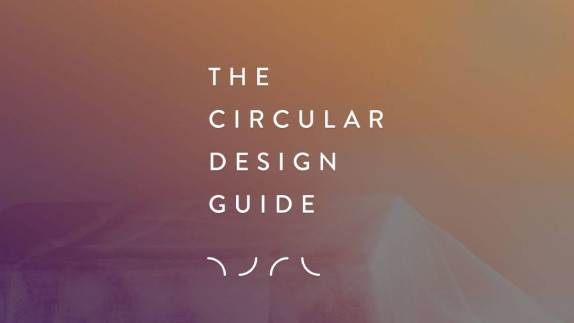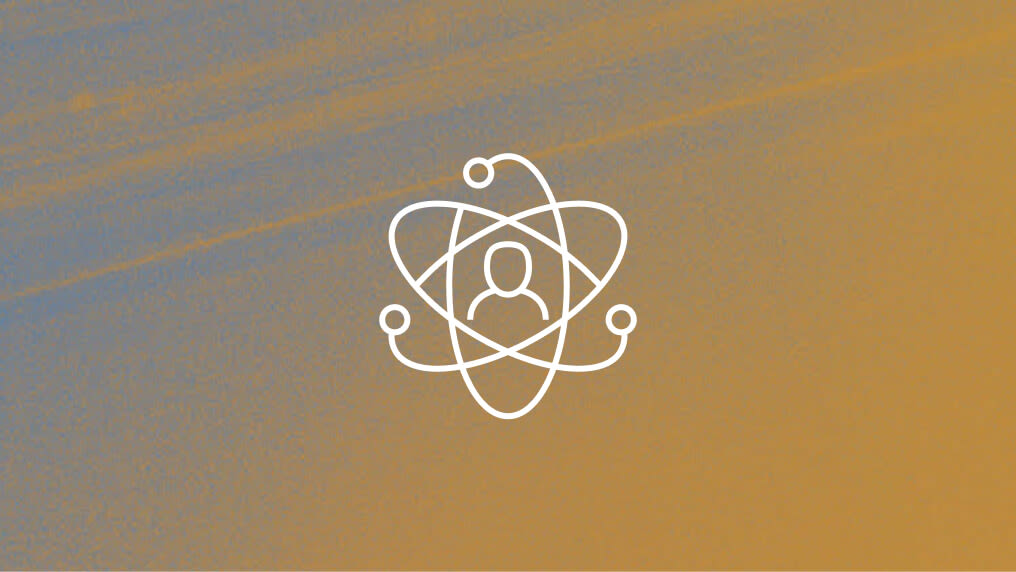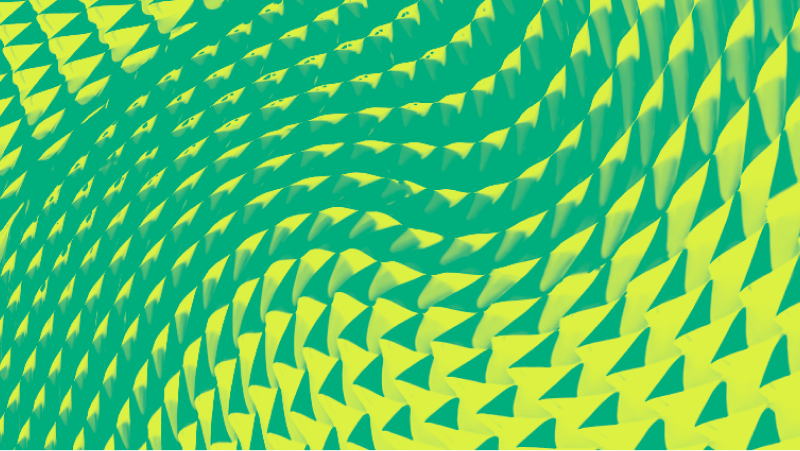Build teams to strengthen knowledge and expertise, build your relationships with stakeholders, and make implementation a success. Align on a shared goal and define how you collaborate.
As with all design processes, interdisciplinary teams are important when designing for the circular economycircular economyA systems solution framework that tackles global challenges like climate change, biodiversity loss, waste, and pollution. It is based on three principles, driven by design: eliminate waste and pollution, circulate products and materials (at their highest value), and regenerate nature.. Through diversity of knowledge and thinking, interdisciplinary teams can be transformative. In order to think holistically, you will benefit from having a variety of perspectives and skillsets. The strength of such teams is often gained through creative friction – a key element to creating new ways of doing things.
Steps
Step 1
If helpful, refer to your initial stakeholder and map to define who needs to be involved to make this project a success. Roles you might need for your project are: a project lead, content expert(s), designer(s), implementers and/or technical experts, and advisors.
Step 2
When reaching out to these people, make sure you set clear expectations around what you are asking of them. Remember they will often be outside of your immediate organisation or team, so you will need to be clear on the commitment required.
Step 3
Find time to get these people together. Make sure you spend some time Defining Your Challenge if you haven’t already. When you are in one place, discuss your roles. Questions you might ask are:
Who will spearhead the initiative?
Who will lead the design process?
Who will provide expertise around best practices in circularity?
Who will lead implementation?
Which stakeholders or advisors need to provide input along the way?
Who are the partners outside of your organisation that you need to engage with?
Step 4
You may then want to switch gears to discuss how you plan to collaborate. Again, refer back to your stakeholder map, if helpful, and work through the following questions:
How will you collaborate internally?
What are the creative tensions? How can these help us find new pathways and disrupt existing pathways?
How will you collaborate with outside partners?
How will you engage your key stakeholders to ensure they feel invested?
How will you engage your users across the value chain?
Step 5
Make sure to take notes and capture your collaboration plan for everyone to reference as you move forward.

Circular Design Guide
This page is part of the Circular Design Guide. Get an overview of the project, or dive straight into our activities to help you understand, define, make, and release circular innovations.






